It should be a surprise to no-one that I’m back with more book content. I’m not apologetic yet—you can prize my silly little novels from my cold, dead hands.
Let me begin by establishing that, for my purposes here, what constitutes a “classic” book is its bearing the following qualities:
- Period – written during and about a society in a particular historical period. (I haven’t included any works post early 20th century here for the sake of keeping the list a reasonable length. My unsolicited opinions on modern classics next time??)
- Relevance – remains a faithful portrait of human character and relationships, and continues to have something to say today.
- Significance – contains something which I feel is important, be it anything from an entertaining story to elaborate social commentary.
Note that I am mainly looking at these books as historical works of fiction which I believe to be significant (or just plain fun) more than especially well-known, in light protest against our funny habit of labelling certain books “classics” and entirely forgetting others. In general, the term “classic” and its meaning is very unclear and rigorously debated. As an English major, it’s one of those random things that I think about weirdly regularly (think: men and the Roman Empire, apparently). I can understand the virtues and evils of many arguments—even traditional ideas where long-lasting fame is necessary for the distinction of “classic” hold a lot of weight in my opinion. But here I have included both very famous and also a few lesser-known works because I think they’re all worthy of the title.
I totally understand that classics can be super intimidating, but I genuinely think that all the books on this list are such a joy to read. If you’re not always a fan of older writing, I recommend listening to audiobooks, maybe reading along. I find audiobooks are great for getting through that first slog where you’re still undecided and the book hasn’t caught your interest yet. Obviously, I also need to come to grips with the fact that not everyone is obsessed with the same things I am, so I’m intervening here to add that if these aren’t your vibe, that is completely valid and fair as well.
My reading is generally guided by very specific little inclinations, and classics by women is one of those niches which I often gravitate towards. I love my classics, but there are only so many early forms of the manic-pixie-dream-girl you can read before it starts to tire you out. Men writing women makes my head hurt and the only cure is Elizabeth Bennet running around Regency England laughing at men. It can prove a nightmare, though, when it seems like there are all of three women writers in the classic lit canon—so here are a few of my faves which I think are worth the hype (or deserve way more).
Without further ado, this list is brought to you by: my annual binge-reads of classics written by women (because they’re super cool and smart and vibey).
- Mrs. Dalloway by Virginia Woolf (1925)
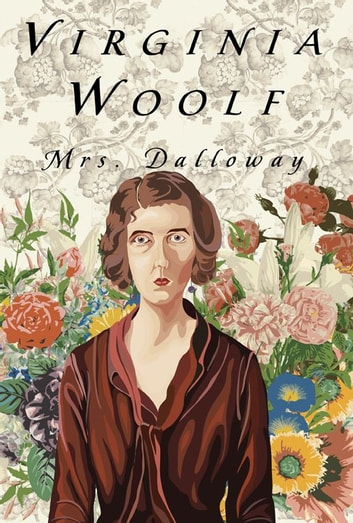 Look, I’m the first to acknowledge that Woolf is not for everyone. Personally, I sometimes find her wandering style difficult to stay invested in. But I also know die-hard fans of her work, and she was ridiculously cool.
Look, I’m the first to acknowledge that Woolf is not for everyone. Personally, I sometimes find her wandering style difficult to stay invested in. But I also know die-hard fans of her work, and she was ridiculously cool.
Superficially, Mrs. Dalloway details a day in the life of fictional upper-class Englishwoman Clarissa Dalloway as she hurries in last-minute preparations for a party she’s to host in the evening. But beneath the surface lies an intricate narrative of class, war, and female sexuality.
It’s a short read, like a lot of Woolf’s works, so super doable.
For other fiction if you’ve read this one, Orlando has very ahead-of-its-time discussion on gender, gender roles, and gender fluidity. If you prefer non-fiction and haven’t read it already, I also suggest A Room of One’s Own, which is my favourite of Woolf’s books.
- Wives and Daughters by Elizabeth Gaskell (1864)
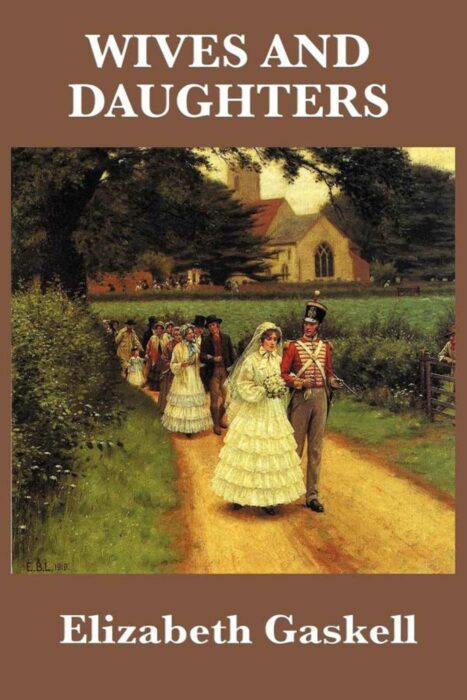 Gaskell’s Wives and Daughters is all vibes and very little plot, but in the best way. We follow seventeen-year-old Molly Gibson, daughter of a widowed doctor, as she navigates social expectations, class, sisterhood, new family, and love in all its forms.
Gaskell’s Wives and Daughters is all vibes and very little plot, but in the best way. We follow seventeen-year-old Molly Gibson, daughter of a widowed doctor, as she navigates social expectations, class, sisterhood, new family, and love in all its forms.
This was one of my favourite reads of 2022. I read somewhere that one of Gaskell’s biggest strengths is her female characters, and I can tell you with absolute certainty that it’s true. The women in Wives and Daughters are deeply complex and so beautifully written.
It’s a longer read at around 600 pages depending on your edition, but I promise it’s worth your time!
Full disclosure, it’s unfinished because the author died before completing the final chapter. It’s devastating to be ripped out of their little world at the end, but in my copy (the Penguin Classics edition) it explains Gaskell’s intentions for the conclusion.
- Save Me the Waltz by Zelda Fitzgerald (1932)
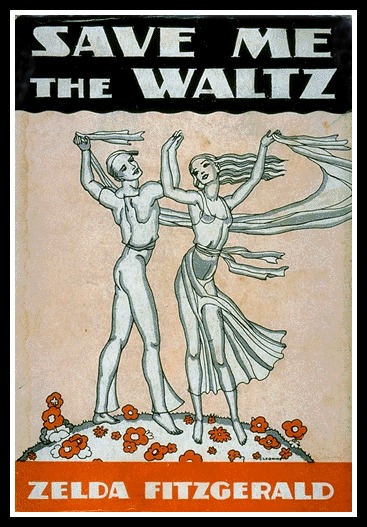 No, I will never shut up about this book.
No, I will never shut up about this book.
Save Me the Waltz is an infinitely underrated work of sheer brilliance (go read the essay I wrote on it earlier this year here). Written by the wife of the significantly more famous F. Scott Fitzgerald, the novel is semi-autobiographical and recounts their early marriage and the years they spent in Paris during the 1920s. Zelda wrote in the face of her deteriorating mental health and opposition from her husband, and she produced a masterpiece.
This book is feverish and intelligent, filled with life and surrealist influences. Save Me the Waltz captures the wild spirit of the Jazz Age, and if you only ever listen to one thing I say, let it be that everyone should read this book.
- Their Eyes Were Watching God by Zora Neale Hurston (1937)
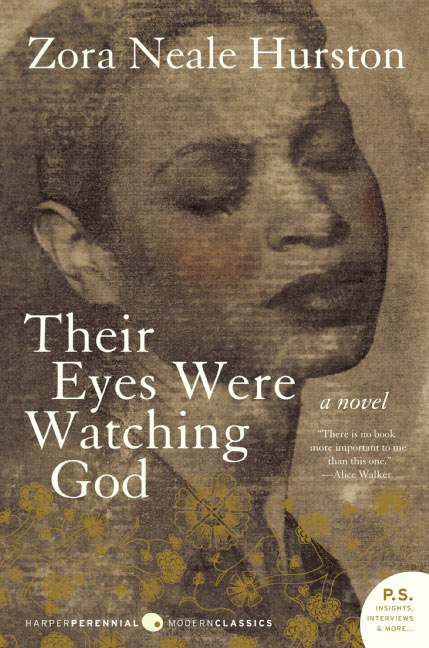 This is one of those rare books that leaves you feeling totally aimless once you’ve turned the last page. You wonder how you can possibly return to your daily activities as though everything is normal. (Because it’s not normal, because you’ve just read one of the most beautiful, profound, heart-wrenching books you’ll ever read.)
This is one of those rare books that leaves you feeling totally aimless once you’ve turned the last page. You wonder how you can possibly return to your daily activities as though everything is normal. (Because it’s not normal, because you’ve just read one of the most beautiful, profound, heart-wrenching books you’ll ever read.)
Hurston chronicles the life of an African-American woman in early-20th-century Florida, challenging the inherent racism and misogyny which permeates her society. Hurston’s criticisms are quiet yet striking, and intensely moving. The writing is exquisite, the characters so full of life. Hurston explores the intricacies of the human character with extraordinary empathy, and leaves nothing wanting. Their Eyes Were Watching God is deeply feminist and absolutely beautiful.
If you read this one (please read it, you won’t regret it), I implore you to listen to the audiobook on Spotify narrated by Ruby Dee. I don’t often listen to audiobooks because I’m very picky with the readers, but Dee does such a phenomenal job that I don’t think I can say enough good things to adequately describe the experience of listening to it.
It’s a super short read, too, so I see no reason why you should put it off! Do yourself a favour and get your hands (or headphones?) on this book.
- The Viper of Milan by Marjorie Bowen (1906)
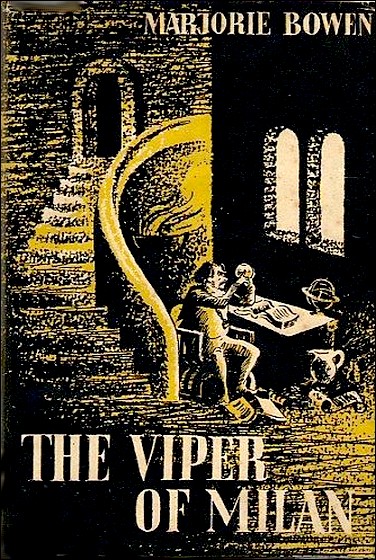 Written when the author was just sixteen, The Viper of Milan is enthralling, and I was invested all the way along. Richly Gothic, Viper is set in medieval Italy under the tyrannical rule of Gian Galeazzo Visconti. We follow multiple sets of characters through deceit, treachery, rebellion, and villainy, and I found every one of them compelling.
Written when the author was just sixteen, The Viper of Milan is enthralling, and I was invested all the way along. Richly Gothic, Viper is set in medieval Italy under the tyrannical rule of Gian Galeazzo Visconti. We follow multiple sets of characters through deceit, treachery, rebellion, and villainy, and I found every one of them compelling.
This one is a fun read, and not too long either. You may have some difficulty getting your hands on it – my copy is a very old one which I found second-hand—but if you can, I highly recommend it!
- Little Women by Louisa May Alcott (1868)
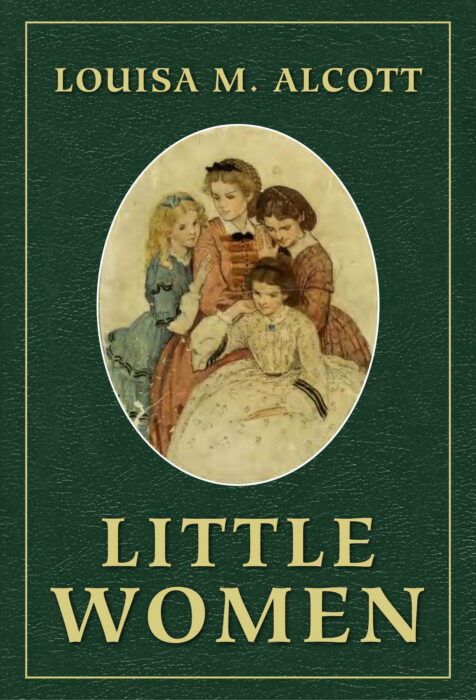 Every time I reread Little Women, I’m flawed by the beauty of it—especially the second part, sometimes bound together with Little Women as Part Two, sometimes separately as Good Wives. Little Women is the loveliest coming-of-age story following young Meg, Jo, Beth, and Amy March from childhood through to adulthood.
Every time I reread Little Women, I’m flawed by the beauty of it—especially the second part, sometimes bound together with Little Women as Part Two, sometimes separately as Good Wives. Little Women is the loveliest coming-of-age story following young Meg, Jo, Beth, and Amy March from childhood through to adulthood.
Each sister has a dream which she pursues with all her might—and that, in my opinion, is truly feminist. Jo is a writer, Amy an artist, Meg and Beth homemakers. Each is given the space to carve her own place in the world.
I first read Part One several years ago, but it was only this year that I finally found a copy of Part Two second-hand. I loved the former, but the latter is simply gorgeous. I don’t think I’ve ever been quite as in love with a set of characters as I have been with these.
The writing is lovely, but also super accessible. If you’ve struggled or been disappointed with classics in the past, I would give this one a shot if you haven’t already.
- Plum Bun: A Novel Without a Moral by Jessie Redmon Fauset (1929)
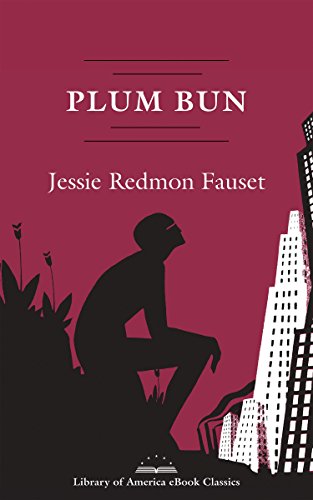 Plum Bun follows Angela Murray, a young Black woman in 1920s America. As a child she finds that she can pass for white, and following her parents’ deaths moves to New York in hopes of pursuing her art and escaping the racism of her hometown. But Angela soon discovers that gendered and racial discrimination cannot be evaded, and not all problems can be solved with the financial and social stability offered by marriage.
Plum Bun follows Angela Murray, a young Black woman in 1920s America. As a child she finds that she can pass for white, and following her parents’ deaths moves to New York in hopes of pursuing her art and escaping the racism of her hometown. But Angela soon discovers that gendered and racial discrimination cannot be evaded, and not all problems can be solved with the financial and social stability offered by marriage.
I have a great love of 1920s literature. I think there’s a spirit about it that we haven’t captured since. I absolutely love this one; it has so much to say, and remains deeply relevant for today’s society. Highly recommend.
- Pride & Prejudice by Jane Austen (1813)
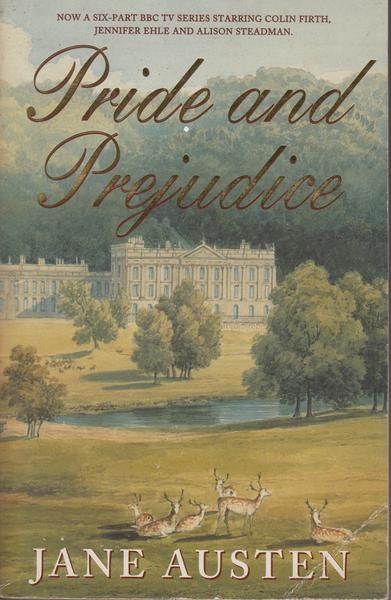 A fun fact about me is that I am a die-hard Jane Austen fan. I have two different decks of Jane Austen-themed cards and a whole dedicated Jane Austen section on my bookshelf. There are a solid three of her books that I reread basically every year, and at thirteen I basically modelled my personality on Elizabeth Bennet. I honestly stand by that—it was not the most cringeworthy thing I did at thirteen, and it was kind of valid.
A fun fact about me is that I am a die-hard Jane Austen fan. I have two different decks of Jane Austen-themed cards and a whole dedicated Jane Austen section on my bookshelf. There are a solid three of her books that I reread basically every year, and at thirteen I basically modelled my personality on Elizabeth Bennet. I honestly stand by that—it was not the most cringeworthy thing I did at thirteen, and it was kind of valid.
Now, I know you’ve been recommended this one hundreds of times. It’s practically the poster child of classic literature—but I swear to you it is worth the hype. This is the original enemies-to-lovers, with all the wit, social satire, cool female protagonists, and pretty Regency dresses you could possibly want. The characters are so distinct and I love every one of them, even silly little incel William Collins.
If you liked this one, my next favourites are Northanger Abbey, Emma, and Sense and Sensibility. You can’t go wrong!
- Jane Eyre by Charlotte Brontë (1847)
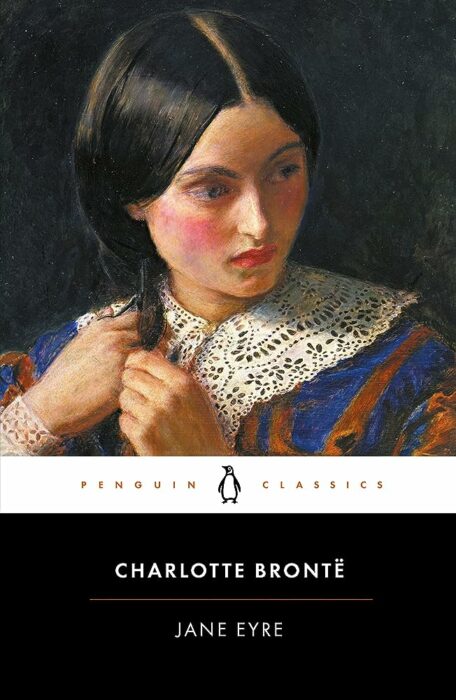 Another one for fans of the Gothic, Jane Eyre is utterly spellbinding, and bleak in all the best ways. Raised by a cruel aunt then sent off to a strict boarding school for girls, the titular Jane eventually finds some freedom when she takes up work as a governess. She is tasked with the care of the ward of Mr. Tall-Dark-and-Mysterious, but this book goes way beyond just a romance—as stated on the Penguin Classics edition’s blurb, Jane Eyre is a “passionate depiction of a woman’s search for equality and freedom” within a society which opposes her at every turn.
Another one for fans of the Gothic, Jane Eyre is utterly spellbinding, and bleak in all the best ways. Raised by a cruel aunt then sent off to a strict boarding school for girls, the titular Jane eventually finds some freedom when she takes up work as a governess. She is tasked with the care of the ward of Mr. Tall-Dark-and-Mysterious, but this book goes way beyond just a romance—as stated on the Penguin Classics edition’s blurb, Jane Eyre is a “passionate depiction of a woman’s search for equality and freedom” within a society which opposes her at every turn.
Brimming with gorgeous Gothic imagery and armed with a very compelling plot, I could not put this one down.
If you enjoyed Jane Eyre, you’ll probably like the rest of the Brontës’ works. I also loved Wuthering Heights.
*Note: as with many classics, from memory this one has some fairly questionable lines. We’ll have to accept the internalised misogyny as the result of its time, and these issues can also be great food for thought.
We acknowledge the Ngunnawal and Ngambri people, who are the Traditional Custodians of the land on which Woroni, Woroni Radio and Woroni TV are created, edited, published, printed and distributed. We pay our respects to Elders past and present. We acknowledge that the name Woroni was taken from the Wadi Wadi Nation without permission, and we are striving to do better for future reconciliation.
